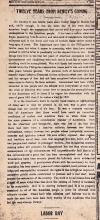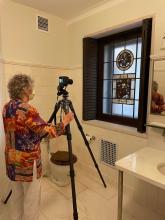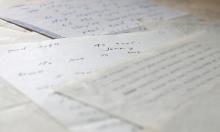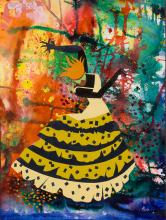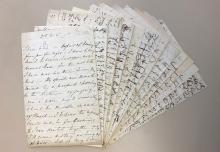The Titan and the Lion Dog
Submitted by Cynthia Volk on Mon, 10/24/2022 - 12:00pmA pair of mythical beings, “Titan” and “Lion Dog,” offers an apt entry point to explore the connection between J. P. Morgan and his favorite Pekingese dog, Shun. The great financier’s legendary accomplishments frequently inspire outsized adjectives, and the fabled origins of the diminutive Pekingese conferred a mystical aura.


